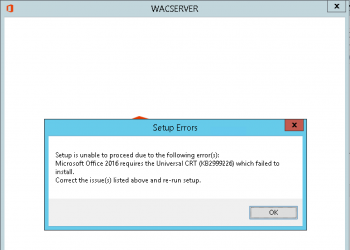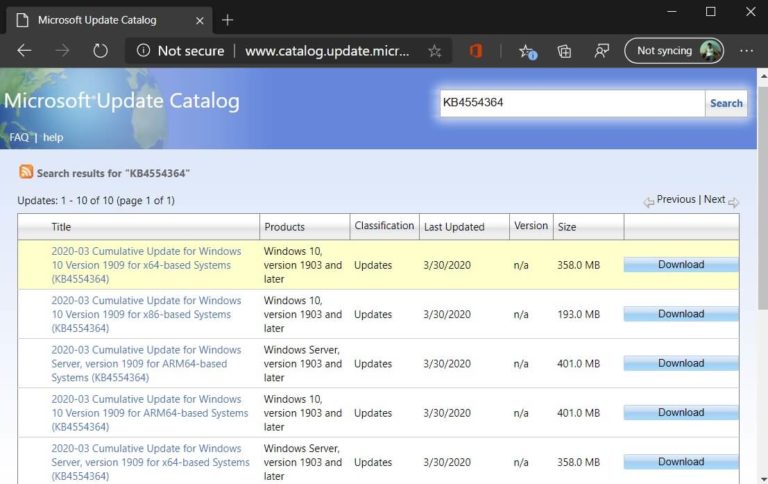

As you can imagine most of these apps are over a decade old and seem to be basically abandonware with the companies often no longer in existence so there are no updates for them.Īre there any safe workarounds for running Flash based software? I've seen a couple of sandbox Flash environments like Ruffle but I'm not sure how secure they are or if they'd even work for apps built in flash?The only real safe workaround is to replace the software they had 3.5 years warning about, I'm afraid. We still have a few flash-based multimedia executable apps used by various departments for teaching and they're asking for methods to continue using the software. If not why is Flash broken on this laptop?Īlso, if Smart Notebook relies on Flash, what are the workarounds.?Īs expected we've had a few staff asking for workarounds (removing the update on specfiic computers, running standalone laptops or some kind of sandbox environment) for Flash based software post this Windows 10 update and end of life.

The laptop in question though is an old one I haven't got round to updating yet and is running 1607 and I can't see any 'Flash Removal Update' on WSUS for any version lower than 1809.ĭid they sneak in one for lower versions in another update or something? Or are they not bothering with those sorts of updates for 1607 etc.

KB4577586: Update for the removal of Adobe Flash Player for Windows 10 Version 1809 for 圆4-based systems Now, although I have held off on releasing the 'Removal of Flash' update from WSUS, the only one that is actually showing is: The symbol shown instead seems to be Flash and I guess that Smart animations rely on Flash. I didn't think we had much software that relied on Flash (but it is Edu IT after all).Ī teacher came to me today complaining that the clock timers on her Smartbook don't work anymore (they put it on the whiteboard to allow students to see the time left on tests). Not sure where to put this as it covers a few areas.


 0 kommentar(er)
0 kommentar(er)
